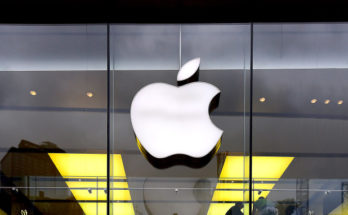By Lisa E
NASA rang in 2019 in stellar style by celebrating a successful excursion to the most distant world ever explored — some billion miles beyond Pluto.
To a thunderous round of applause on Tuesday, the space agency announced that it received a series of “phone home” signals around10:30 a.m. indicating that New Horizons spacecraft made it intact to the planet Ultima Thule.
“We have a healthy spacecraft,” said mission operations manager Alice Bowman, as cheers erupted in the control rooms at Johns Hopkins Applied Physics Laboratory in Maryland.
Racing through the universe at a speed of 32,000 miles per hour, New Horizons passed within 2,200 miles of the tiny planet, located about 4 billion miles from Earth in a dark, frigid region of space known as the Kuiper Belt.
It was impossible to watch the celestial encounter in real time, since it takes more than six hours for a signal sent from Earth to reach the spaceship and another six hours for the response to arrive.
Until now, Pluto was the most faraway world ever visited up close by a spacecraft.
Alan Stern, the lead planetary scientist for New Horizons, said exploration of Ultima Thule could provide answers about the origins of other planets.
“The object is in such a deep freeze that it is perfectly preserved from its original formation,” he said. “Everything we are going to learn about Ultima — from its composition to its geology to how it was originally assembled, whether it has satellites and an atmosphere and those kinds of things — are going to teach us about the original formation conditions of objects in the solar system.”
Ultima Thule was first discovered in 2014 with the help of the Hubble Space Telescope. It is believed to be 12 to 20 miles in size.
A fuzzy photo released Monday — taken from 1.2 million miles away — appears to show the planet as an elongated blob, not a round space rock.
New Horizons is expected to capture some 900 images of Ultima Thule with clearer images arriving in the next three days. It will take a nearly two years for New Horizons to beam back all its observations.
The spacecraft launched in 2006 and completed its mission of flying by Pluto in 2015, returning the most detailed photos of the dwarf planet.
Scientist didn’t even know the Kuiper Belt, a vast ring of relics dating back to the formation of the solar system, existed until the 1990s.
“In addition to being the first to explore Pluto, today New Horizons flew by the most distant object ever visited by a spacecraft and became the first to directly explore an object that holds remnants from the birth of our solar system,” tweeted NASA Administrator Jim Bridenstine. “This is what leadership in space exploration is all about.”




